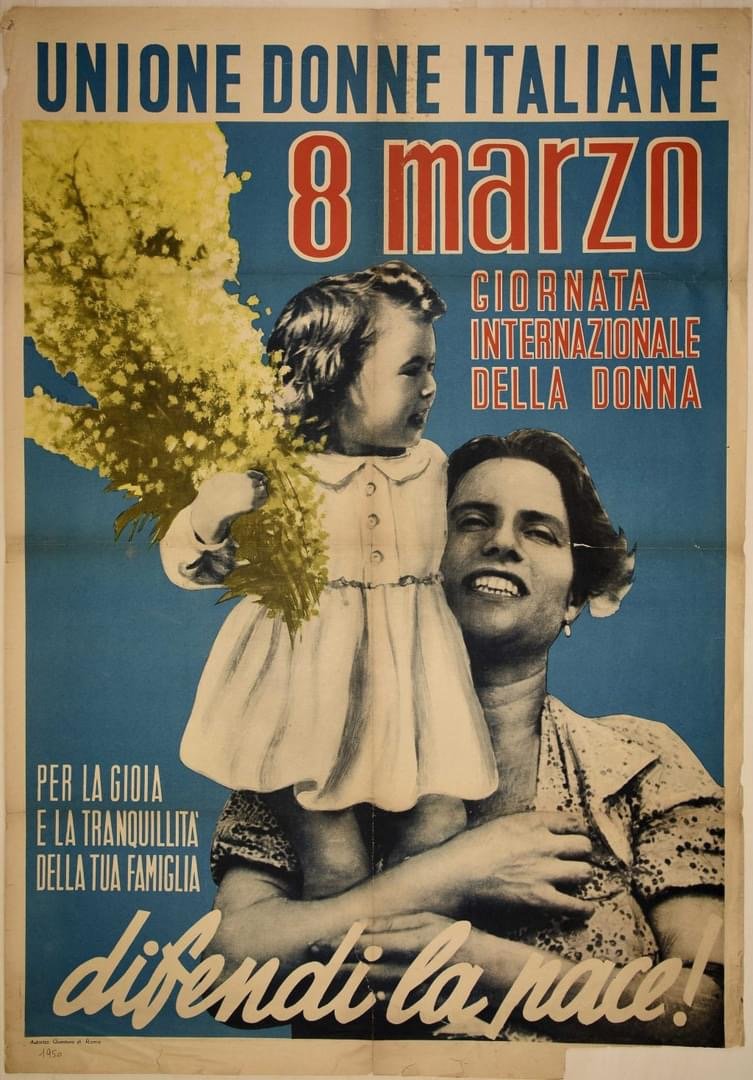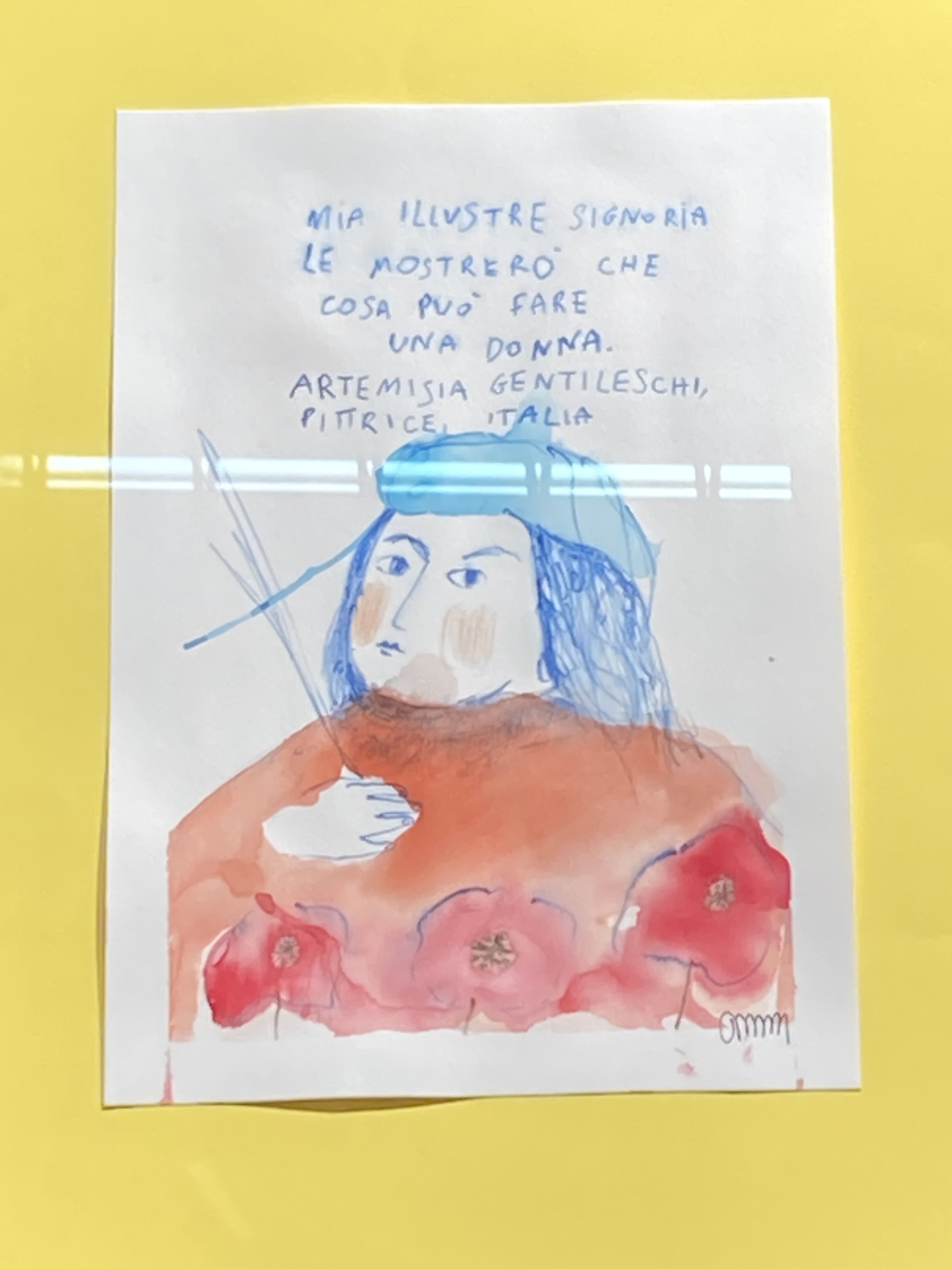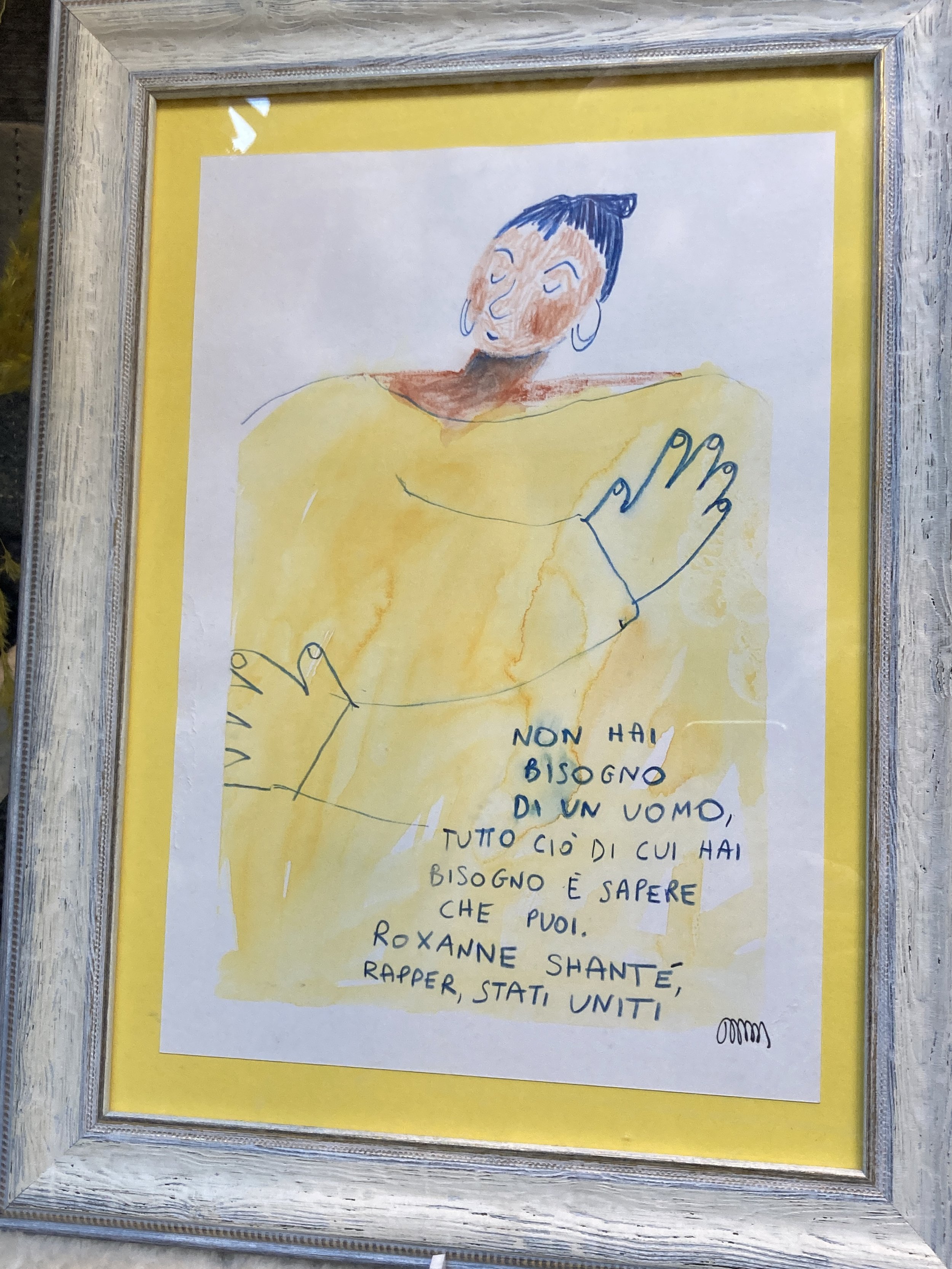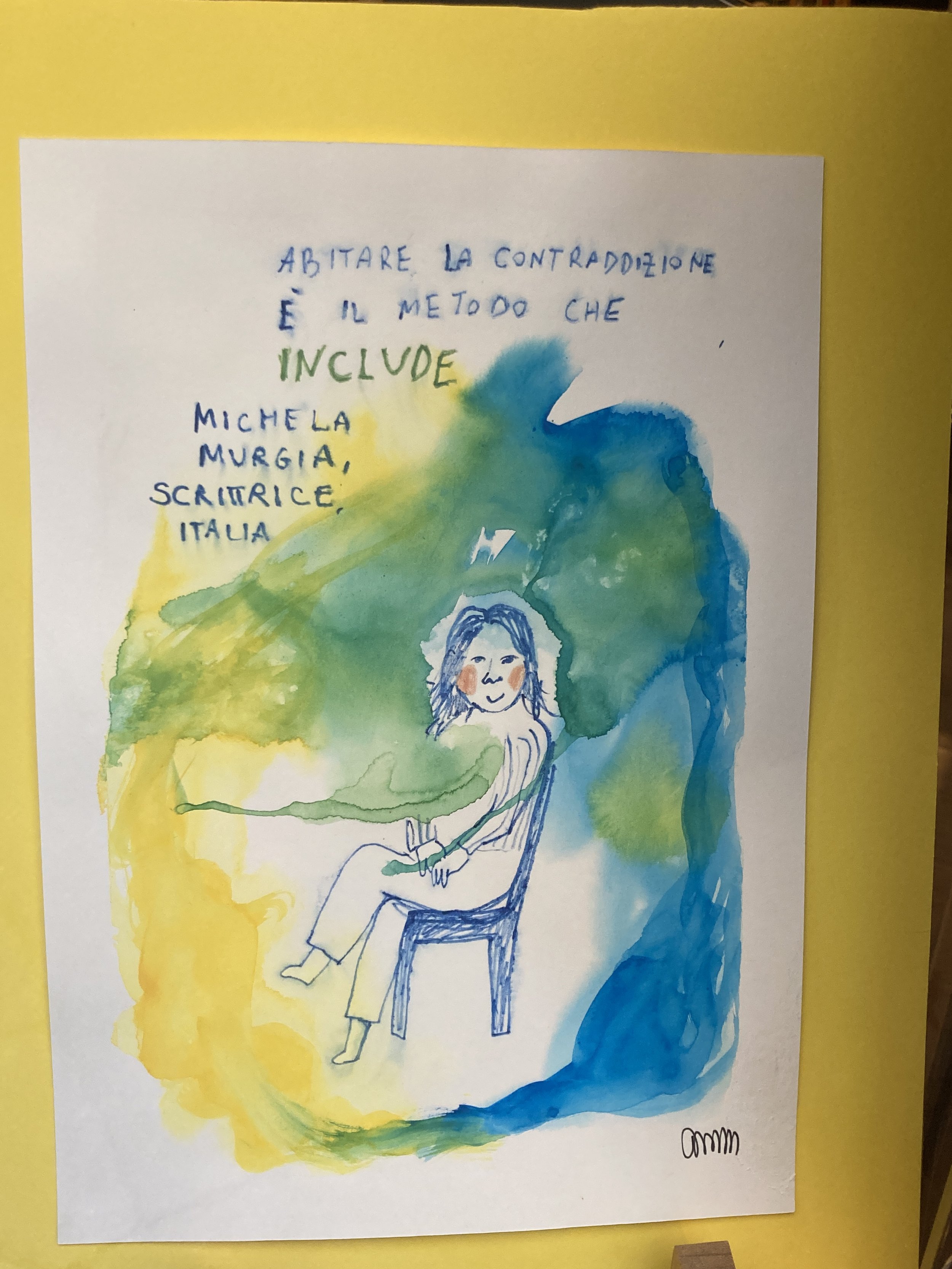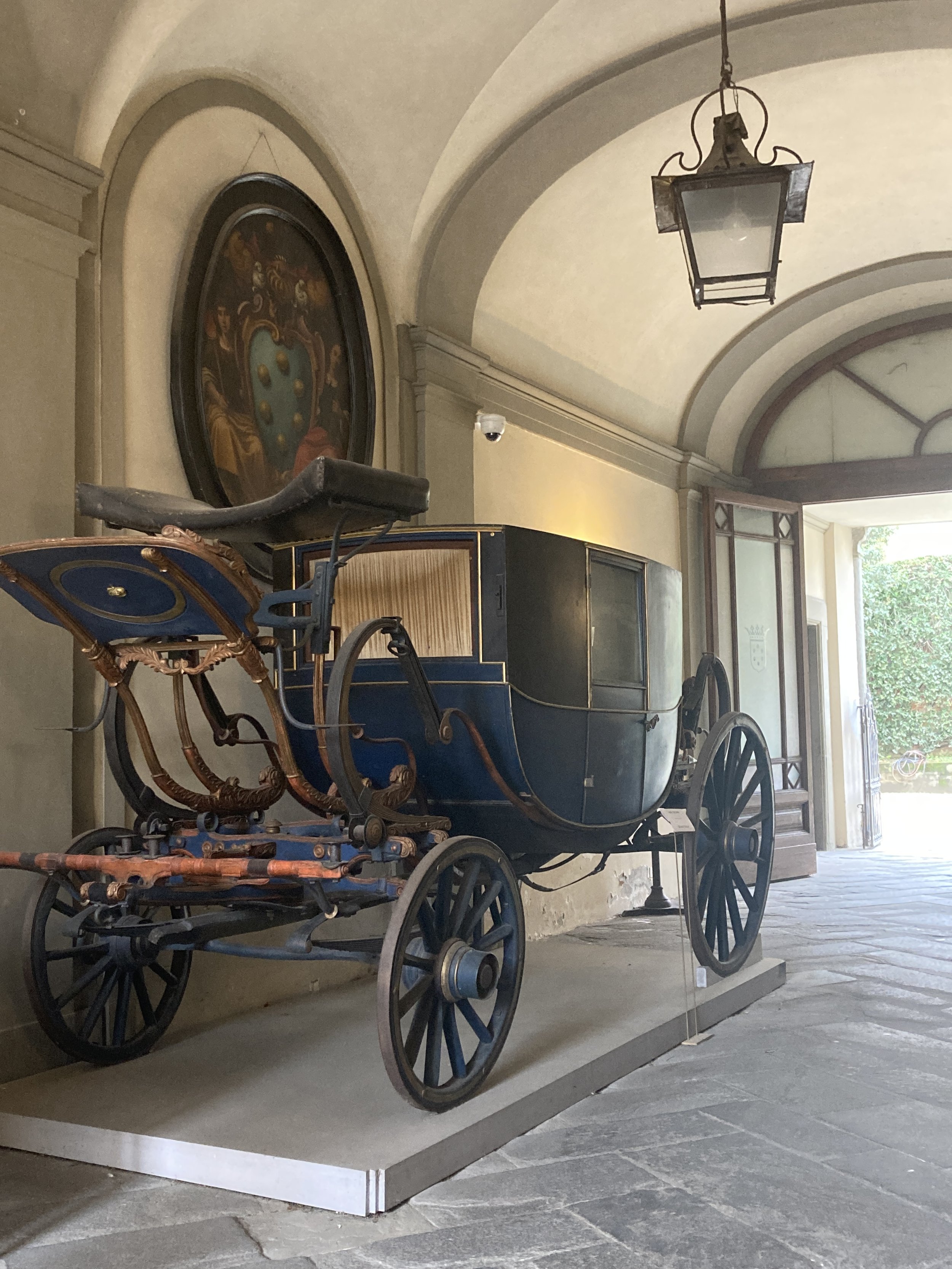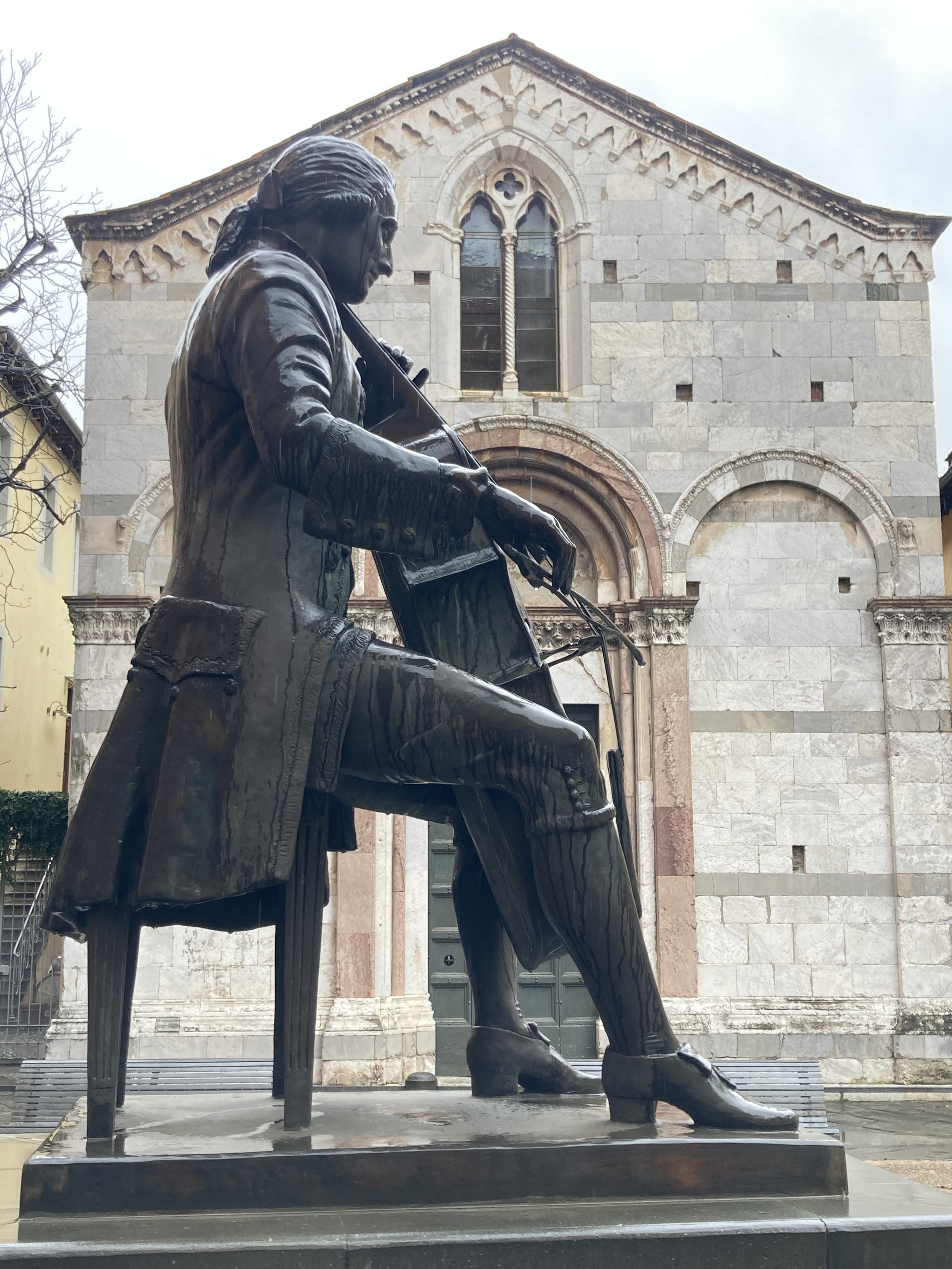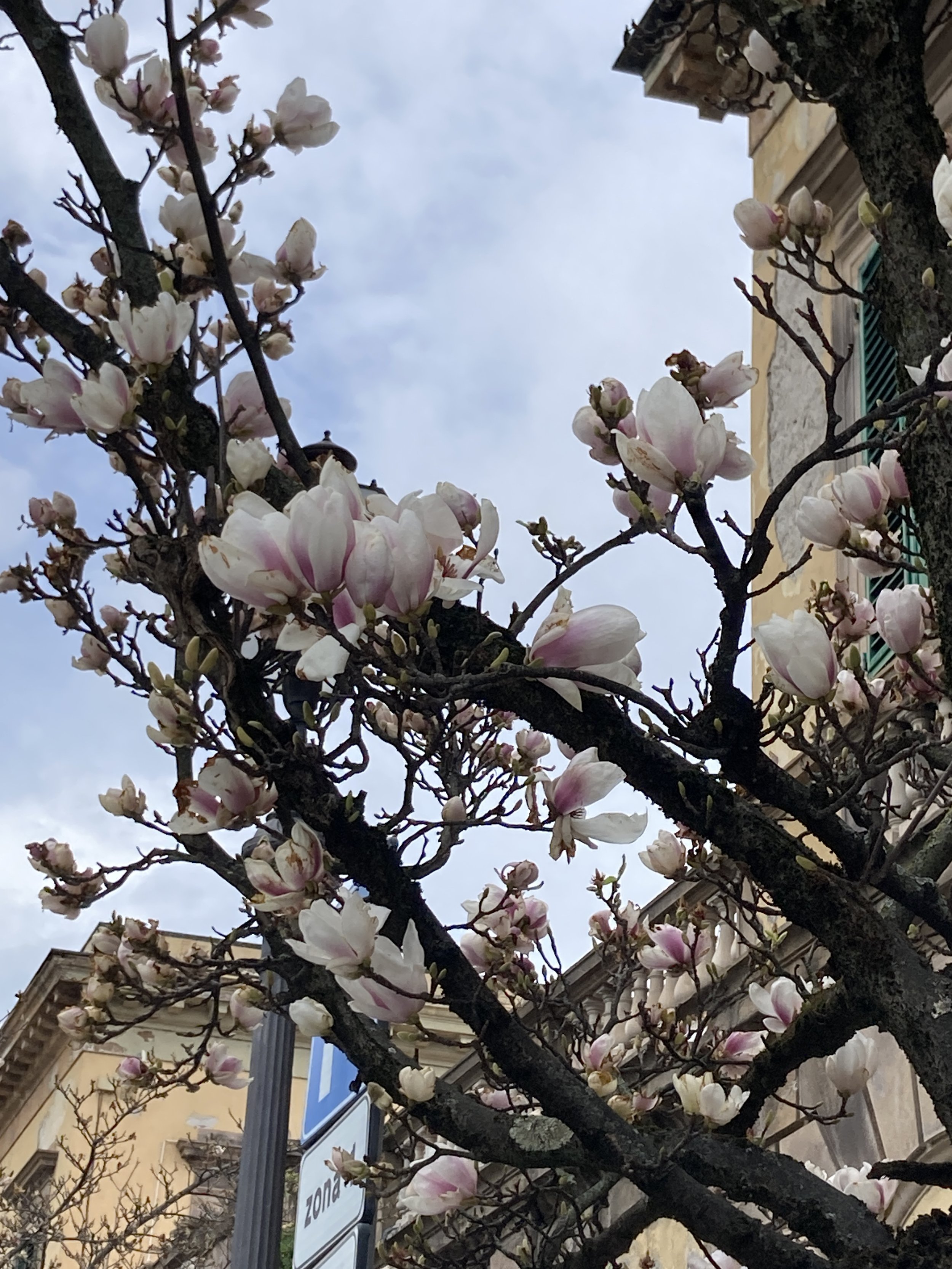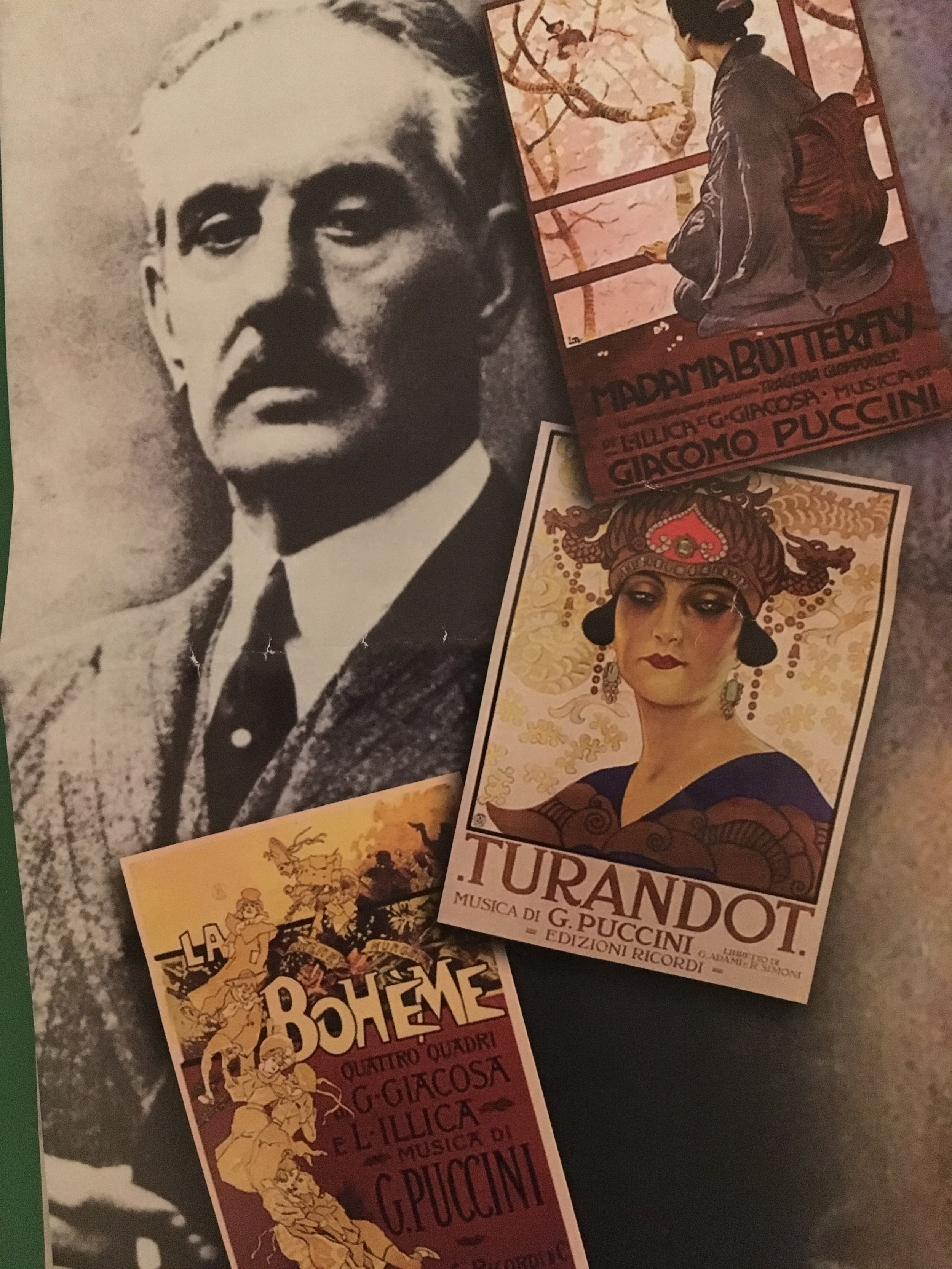International Women’s Day in Italy
Last Friday, March 8th, was International Women’s Day. The origins of the day lie in 1922 as a protest against the terrible working conditions that led to the deaths of women working at the Triangle Shirtwaist Factory in New York. First celebrated in Italy in the 1920’s, the United Nations proclaimed it an international day in 1977.
Today the day recognizes the many contributions of women – social, political, cultural – as well as the persistent issues that women face.
In Italy the day is marked in shades of yellow as the traditional gift is a bouquet of mimosa blossoms. The bright blooms arrive in March and are both bright and hardy, a perfect symbol of the women they represent on this day.
To celebrate La Festa della Donna, I picked up a bunch of mimosas and studied the posters with quotes from famous women that were in the shop windows in Chiasso Barletti. (text and translations at end of this post).
I also participated in a walking tour that told the stories of several of Lucca’s famous (and infamous) historical women. What fun to listen to Ilaria, our guide, as she recounted their stories. Our walk took us to several places associated with these women - churches where they were wed, palazzi, towers, and scenes of murder.
The body of Santa Zita during her April feast day celebration
Lucca has no shortage of long-ago women who have contributed to its culture, history, and mythology. The women included on the walking tour represented a wide range of characteristics. Some were saintly, others not so much. For a saintly example there is Lucca’s patroness Santa Zita. Zita was a poor servant, who cared for the needy and is credited with many miracles. Today she rests in a glass coffin inside the church of San Frediano. Her legend is so important in Lucca that she has her own feast day in April.
The Torre Guinigi, part of the Guinigi home and today the most recognized symbol of Lucca.
One of Lucca’s women of history was a model of marital fidelity and motherhood. Her name was Ilaria del Carretto, the second wife of Paolo Guinigi. Paolo was an important political figure in Lucca during the early 1400’s and Ilaria was his young bride. In two years of marriage, Ilaria gave birth to two children, a son and a daughter, Sadly, she died of pregnancy related complications shortly after her daughter’s birth. The faithful Ilaria was memorialized by her husband with an elaborate marble sarcophagus, a sculptural masterpiece by Jacobo della Quercia. The sarcophagus is topped with a life-sized figure of Ilaria, elegantly dressed in stylish robes. Her hair is beautifully styled, her head rests serenely on pillows. A faithful little dog lies at her feet. Her empty sarcophagus now lies in the sacristy of Lucca’s Duomo (the Cathedral of San Martino) while Ilaria’s remains are in the church of San Francesco where the Guinigi family had a chapel. So many people rubbed the nose of Ilaria’s marble likeness, hoping to find true love, that the nose was nearly worn off and had to be restored. The sarcophagus is one of Lucca’s most important historic monuments. And don’t be surprised if you find a lot of Lucchese girls named Ilaria.
The sarcophagus of Ilaria del Carretto, Cathedral of San Martino, Lucca
The cortile of Palazzo Mansi with a carriage very like Lucida’s.
Another of Lucca’s legendary women was Lucida Mansi. Her story is neither saintly nor faithful. Lucida was young and widowed after the death of her first husband. She eventually remarried a rich, older man, Gaspar di Nicolao Mansi. It does not seem that she was faithful to her second husband and there were rumors of many lovers. That part is history, the next is legend. Lucida was said to be beautiful, very vain, and quite attached to her mirrors. Noticing signs of aging – gasp! a wrinkle! – she made a pact with the devil for 30 more years of youthful beauty in exchange for her soul. At the end of 30 years, she climbed Lucca’s clock tower to try to stop time. When that failed, she attempted to flee the devil along Lucca’s walls in her horse drawn carriage. But the carriage flew off the walls, landed in a lake, and she drowned. That’s the legend. In truth, she died of plague in 1649. Today the Palazzo Mansi is a museum where visitors can visit her home and see a replica of that doomed carriage. And the lake that she supposedly drowned in is part of Lucca’s Orto Botanico. Look closely during the full moon and you just might see her reflection in the water.
Does the spirit of Lucida still haunt this lake in Lucca’s Orto Botanico?
Another of Lucca’s women was even more scandalous. Lucrezia Malpigli married Lelio Buonviso of the rich and powerful Buonvisi family of Lucca. The marriage was arranged by her family, the groom was not her choice. Lucrezia was in love with another man, Massimiliano Arnolfini. He was from a wealthy, but not noble, Lucchese family and so was not acceptable to her father as a potential husband. But they longed to be together despite the obstacle of the husband. He simply had to go. Both Lucrezia and Arnolfini were implicated in the murder of Lelio Buonvisi.
The former cloisters of Santa Maria dei Servi church (today a city library) sits on the street where Lelio Buonvisi was murdered in 1593. Today it is a peaceful spot.
After the murder of her husband, Lucrezia fled to a convent where she became a nun. She was in isolation and doomed to a vow of silence for many years. Arnolfini was arrested and died in prison. Their doomed love is part of Lucca’s history.
Lucky for me there are not so many murders in Lucca these days. And lucky for the women of Lucca that arranged marriages are a thing of the past! That is something to celebrate on this International Day of Women.
Text and translations of posters: Top row, left to right: Mia illustre signoria le mostrerò che cosa può fare una donna (My illustrious lordship I will show you what a woman can do). Artemisia Gentileschi, Italian Painter 1593 - 1653. Non hai bisogno di un uomo, tutto ciò di cui hai bisogno è sapere che puoi (You don’t need a man, all you need is to know that you can). Roxanne Shanté, American Rapper
Bottom row, left to right: Abitare la contraddizione è il metodo che include (To inhabit the contradiction is the method that includes). Michela Murgia, Italian author and feminist. Una bambino, un insegnante, una penna, e un libro possono cambiare il mondo (a young girl, a teacher, a pen, and a book can change the world) Malala Yousafzai
Lucca’s flower market for la Festa della Donna

